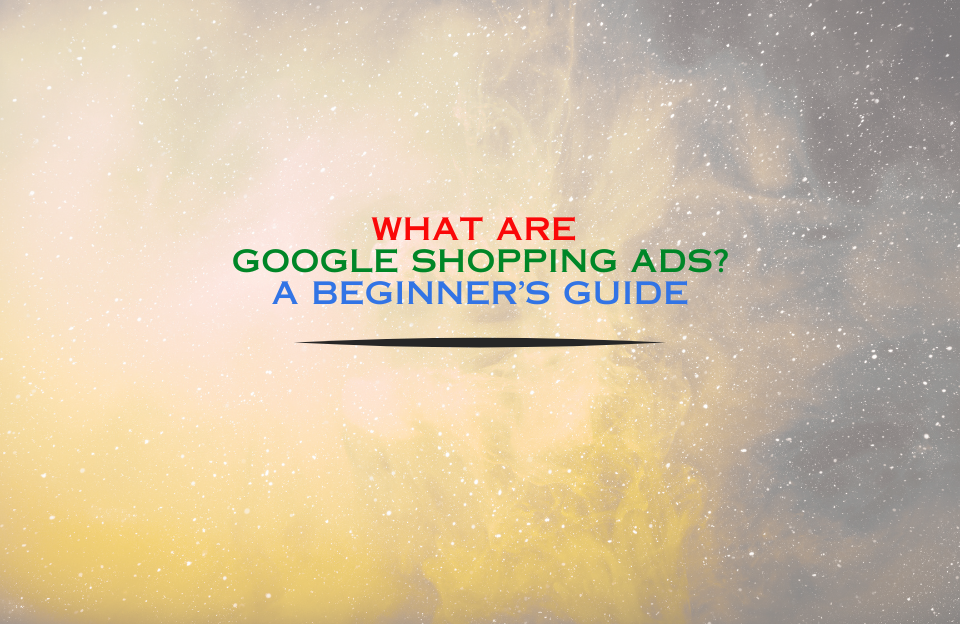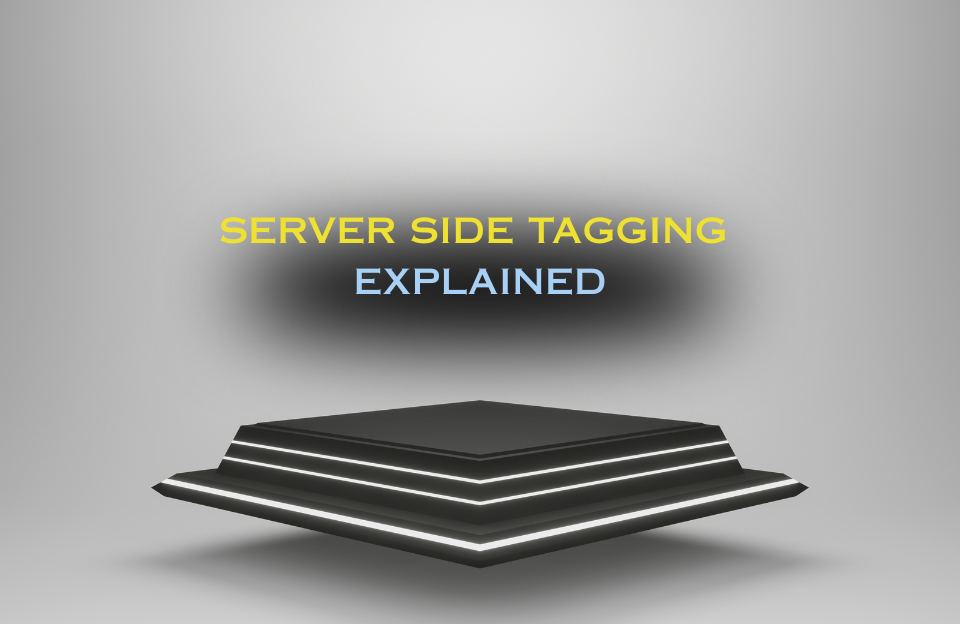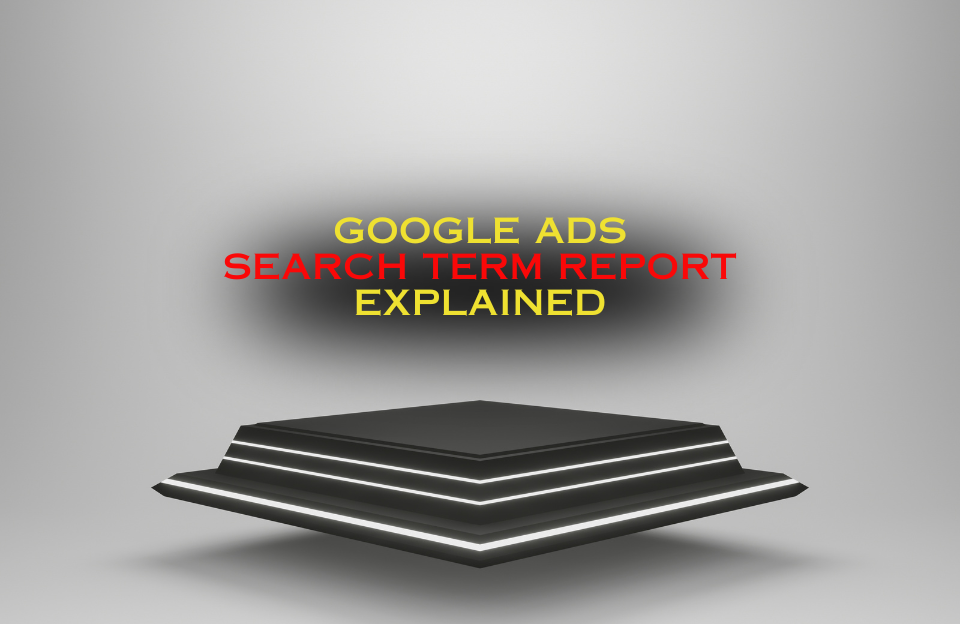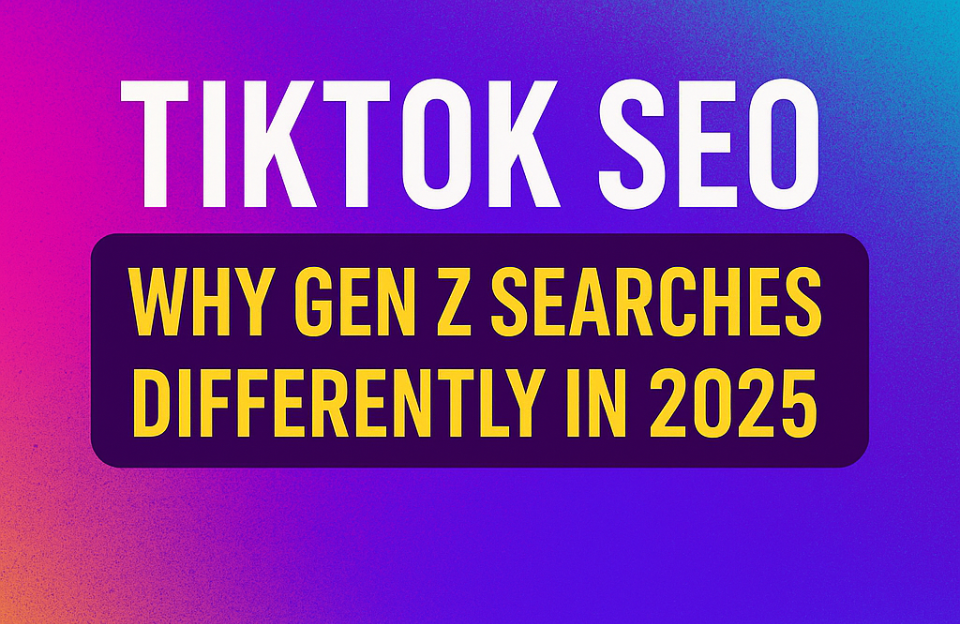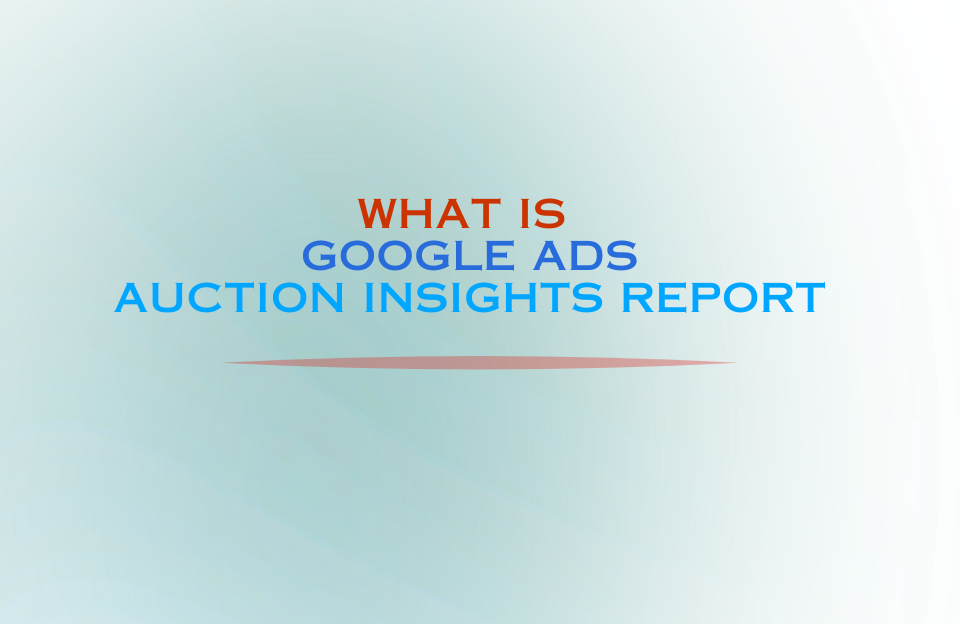Google Shopping Ads are one of the most powerful tools in the arsenal of any e-commerce marketer. They allow you to showcase product listings with rich visuals directly in the search results, making it easier for potential buyers to compare prices, brands, and features at a glance. These ads are not based on keywords in the traditional sense but are fueled by your product feed, which contains detailed information about your inventory.
What Are Google Shopping Ads?
Shopping ads—also known as Product Listing Ads (PLAs)—appear on Google Search, Google Images, the Shopping tab, YouTube, and across the Google Display Network. They feature a product image, price, title, store name, and other details, providing a visual and highly informative format to drive purchase intent.
How Do Shopping Ads Work?
Google Shopping Ads work through a combination of Google Ads and Google Merchant Center. You upload your product data to the Merchant Center using a product feed, and then link this account to your Google Ads account to run Shopping campaigns. Google uses your product data to match search queries, showing relevant items when users are actively looking to buy.
Types of Shopping Campaigns
- Standard Shopping Campaigns: Offer more control over bidding, negative keywords, and campaign structure. Ideal for advertisers who want segmented control and manual optimization.
- Smart Shopping Campaigns (Deprecated): Combined Shopping and Display remarketing in an automated setup. This format has been phased out and replaced by Performance Max.
- Performance Max Campaigns (Shopping-based): These campaigns use automation and machine learning to show Shopping ads across all Google properties. They do not require keyword targeting and leverage the product feed alongside audience signals.
- Performance Max Feed-Only Campaigns: A subset of PMax campaigns that focus solely on Shopping inventory without additional assets like headlines or videos. This setup is useful for advertisers wanting to replicate Standard Shopping behavior within a PMax framework.
Google Shopping vs. Performance Max Shopping
While both campaign types use your product feed, they differ in terms of control and automation:
- Control: Standard Shopping offers more manual control over bidding, segmentation, and negative keywords. PMax is mostly automated.
- Placement: Standard Shopping ads appear only on Shopping placements. PMax can place ads on Search, Display, YouTube, Gmail, and Discover.
- Creative Assets: PMax campaigns require additional assets (headlines, images, videos), unless you’re using feed-only mode. Standard Shopping uses only the feed.
- Data Visibility: PMax provides less granular performance data, which can be a drawback for experienced marketers seeking transparency.
Setting Up a Shopping Campaign
Here are the steps to launch a Shopping campaign:
- Create and verify a Google Merchant Center account.
- Upload your product feed in the correct format (CSV, XML, or via API).
- Link Merchant Center to your Google Ads account.
- Create a new Shopping campaign in Google Ads.
- Choose your campaign type (Standard or Performance Max Feed-Only).
- Define targeting options, budget, and bidding strategy (e.g., Maximize Conversion Value or Target ROAS).
- Launch your campaign and monitor performance through product-level metrics.
Best Practices for Google Shopping Ads
- Optimize Product Titles: Use relevant keywords naturally and include attributes like brand, color, and size.
- Use High-Quality Images: Clear, professional images increase click-through rate and trust.
- Include GTINs: Google requires Global Trade Item Numbers (GTINs) for many categories to improve product matching.
- Use Custom Labels: Segment products by margin, seasonality, or performance for better bidding strategies.
- Exclude Unprofitable Products: Avoid spending budget on low-margin or out-of-stock items.
- Maintain Feed Health: Regularly fix disapprovals and errors in Merchant Center.
Use Case Examples
- Retail Fashion: A brand segments Shopping campaigns by product type (e.g., shoes, jackets) and uses custom labels for seasonal items.
- Electronics E-commerce: An electronics store runs Performance Max feed-only campaigns to maximize exposure across channels while prioritizing top-sellers using campaign priorities.
- Local Retail: A bike shop uses Local Inventory Ads to show real-time in-store availability to shoppers near their location.
Exclusions and Placement Control
Although Shopping campaigns don’t allow keyword-level targeting, exclusions are critical:
- Negative Keywords (Standard only): Prevent irrelevant queries that drain budget.
- Placement Exclusions (via PMax exclusions): Exclude app categories, like
mobileappcategory::69500, to block mobile app placements account-wide. This helps prevent wasted spend in low-performing environments.
Measurement and Optimization
Key metrics to monitor include:
- Impression Share: Indicates visibility versus competitors.
- Click-Through Rate (CTR): Helps evaluate ad relevance.
- Conversion Rate: Measures how well traffic converts to sales.
- Cost per Conversion / ROAS: Indicates campaign profitability.
- Search Impression Share Lost (Budget): Useful for scaling campaigns strategically.
Tools for Optimization
- Google Merchant Center
- Product Diagnostics Tool
- Google Ads Editor
- Feed Rules and Custom Labels
- Shopping Campaign Performance Reports
Conclusion
Google Shopping Ads are essential for e-commerce businesses that want to drive qualified traffic and increase sales. Whether you prefer the manual control of Standard Shopping or the automation of Performance Max feed-only campaigns, the key to success lies in high-quality product feeds, smart segmentation, and continuous optimization. Want to learn more about related campaign types? Explore our Google Ads category: modobeam.com/category/google-ads
